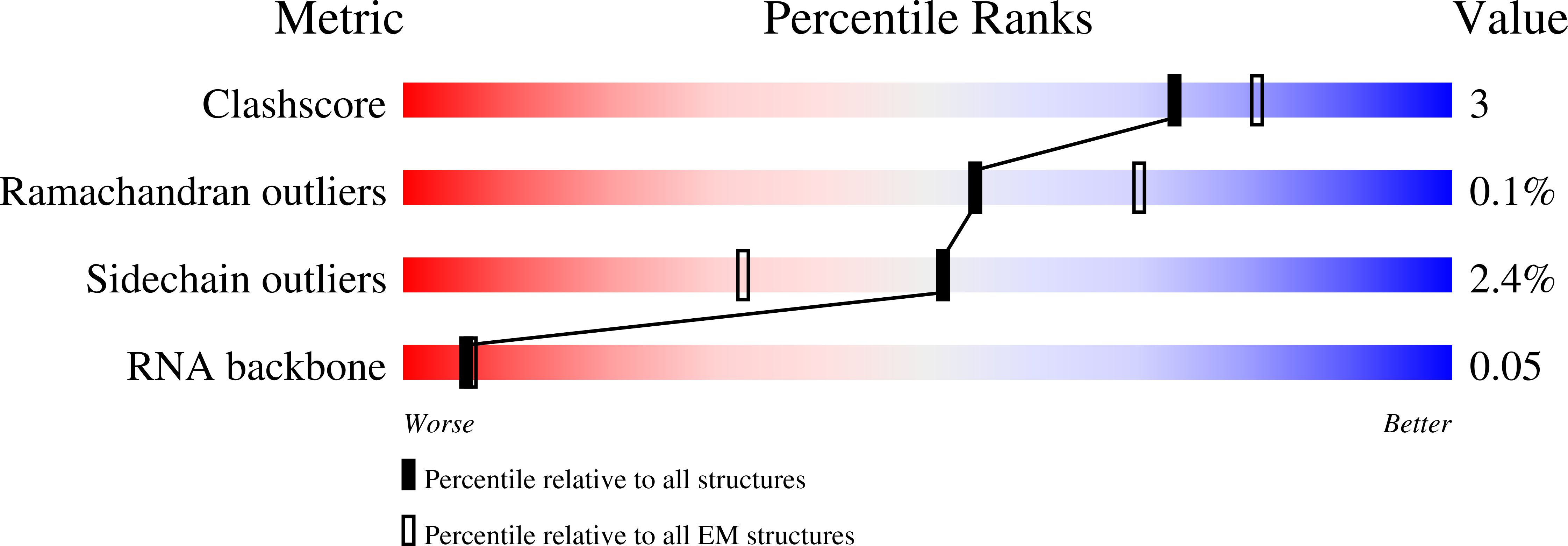
Deposition Date
2021-05-25
Release Date
2021-06-02
Last Version Date
2024-05-29
Entry Detail
PDB ID:
7N06
Keywords:
Title:
SARS-CoV-2 Nsp15 endoribonuclease post-cleavage state
Biological Source:
Source Organism:
Severe acute respiratory syndrome coronavirus 2 (Taxon ID: 2697049)
Homo sapiens (Taxon ID: 9606)
Homo sapiens (Taxon ID: 9606)
Host Organism:
Method Details:
Experimental Method:
Resolution:
2.20 Å
Aggregation State:
PARTICLE
Reconstruction Method:
SINGLE PARTICLE


